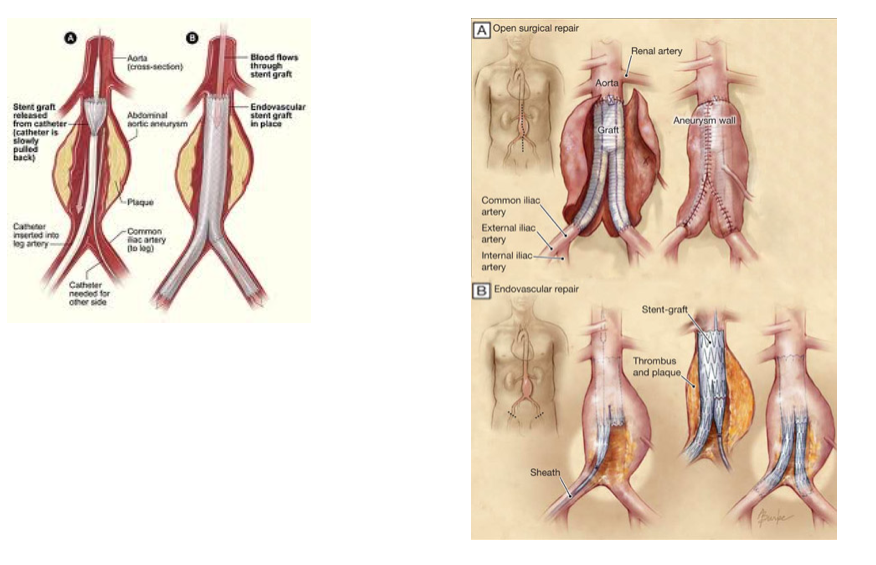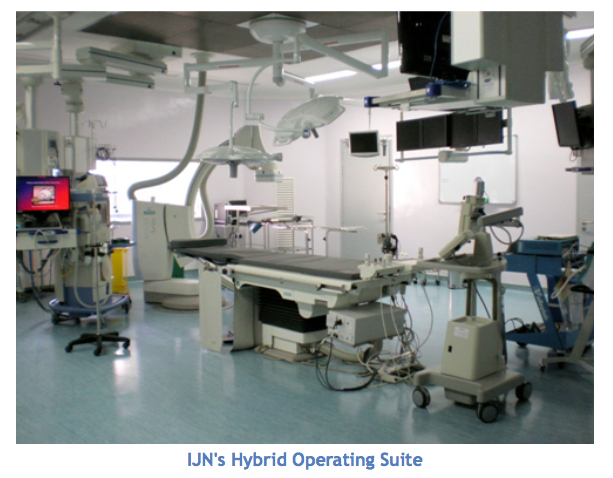Home /
Catheter-based Mitral Valve Repair with the MITRACLIP
Transcatheter Aortic Valve Implantation (TAVI)
Catheter-based Renal Artery Denervation for Resistant Hypertension
The Watchman Device: A Novel Therapy for Prevention of Stroke in Atrial Fibrillation
Absorb Bioresorbable Vascular Scaffold
Dedicated Bifurcation drug-eluting Stent: Axxess Stent
Endovascular repair of aortic conditions: EVAR and TEVAR
Organ Transplantation and Mechanical Heart
Minimally Invasive Mitral Valve Repair and Replacement
Minimally Invasive Repair of Chest Wall Deformities
Cardiac Magnetic Resonance Imaging CMR
Fetal Echocardiogram
Real Time Live 3D TEE-guided Procedures and Surgeries
Sutureless Aortic Valve Replacement
PARACHUTE Left Ventricular Partitioning Device
EVAR : EndoVascular Repair of Aortic Aneurysm, TEVAR : Thoracic EndoVascular Repair of aorta.
There are many types of diseases of the main artery of the body which is also known as the aorta. The aorta starts immediately after the aortic valve of the heart and travels downwards until below the umbilicus level, where it bifurcates into the left and right common iliac arteries. It can be divided into the thoracic and abdominal aorta. The vessel itself is large, ranging from 1.5 to 3 cm in diameter. Apart from being the conduit for blood flow, it also acts as an organ which dampens blood pressure that is being transmitted to the whole body by the blood that exits the heart.

In diseased aorta, the vessel could encounter few changes: dilatation due to weakening of the wall, tear or dissection due to jet of blood flow or ulcer of the aortic wall, narrowing due to atherosclerosis or even dissection or transection due to trauma for instance, motor vehicle accident.

Traditionally, the method of treatment for these types of diseases is with surgical repair. However, with the advancement of treatment techniques, the diseased aorta can be repaired by endovascular technique, using a metallic stent with a lining covering the length of the stent, to avoid blood flow into the diseased area. These pipes could be positioned along the diseased segment of the aorta through a small puncture at the arteries at the groin. Once inside the vessels, the stent is deployed until it becomes as large as the normal vessel diameter and behaves like a normal vessel within the diseased segment.

With the invention of these devices, many patients who are not suitable for surgery or who are at high risk for surgery can undergo the less invasive EVAR : EndoVascular Repair of Aortic Aneurysm or TEVAR : Thoracic EndoVascular Repair of aorta. Compared to open surgery, there will also be less blood loss, less surgical scar and less hospital stay due to the quick recovery from procedure. In general, the patient could go home two or three days after the procedure.
At Institut Jantung Negara, the cardiologist, cardiothoracic surgeon and anesthesiologist would first plan the procedure for the patient from the clinic. The procedure is done in IJN’s state-of-the-art hybrid operating theatre where the cardiologist and surgeon could operate hand-in-hand on the patient. This allows more procedural options as surgery and interventional procedure can be done at the same setting while the patient is under sedation by the anesthesiologist.
